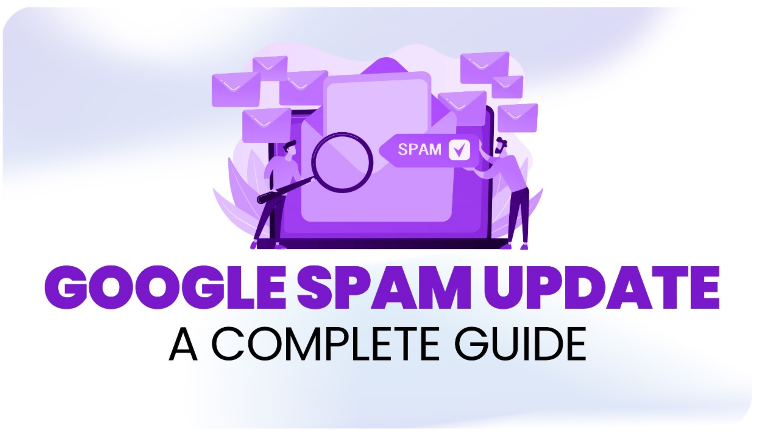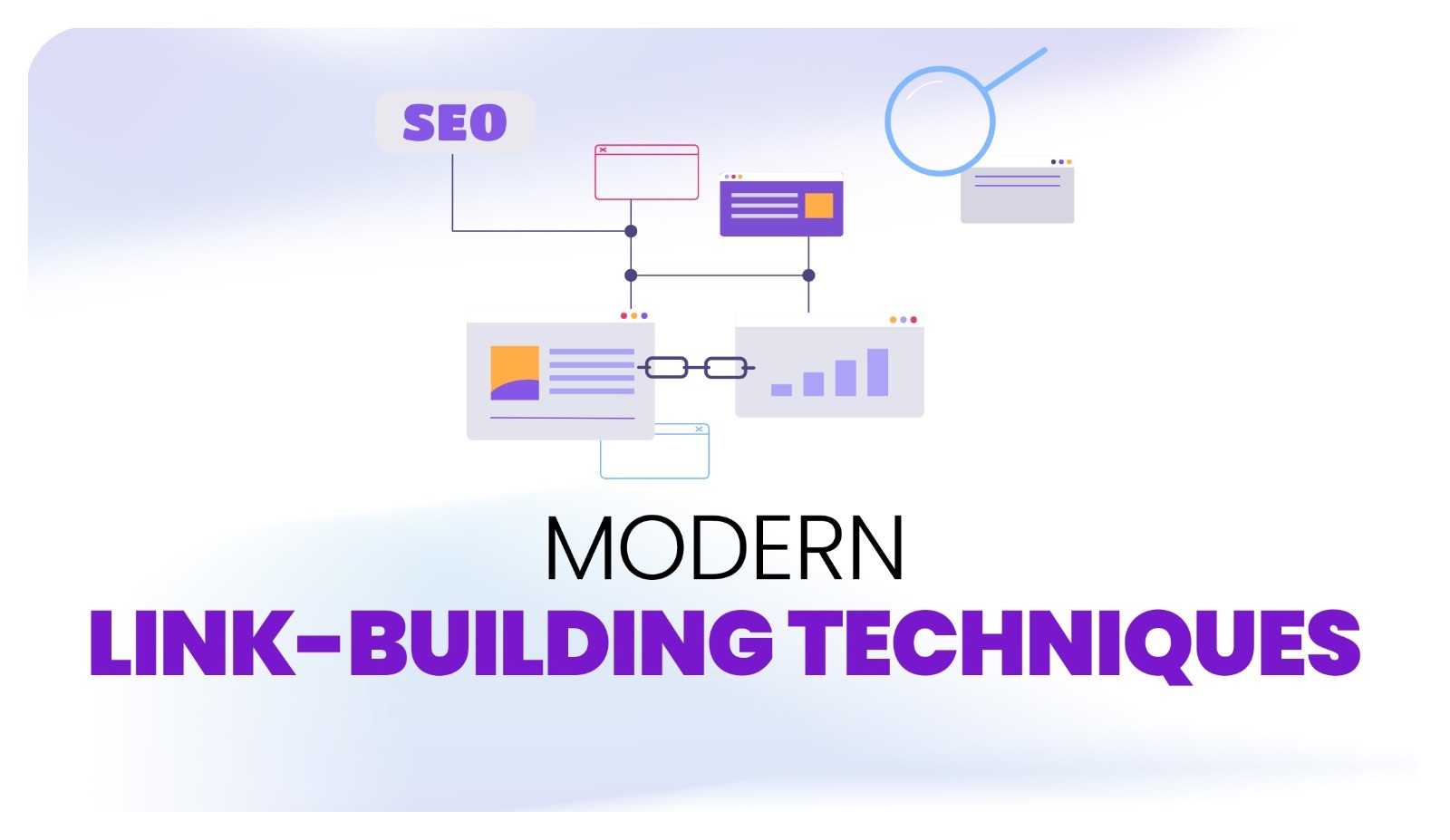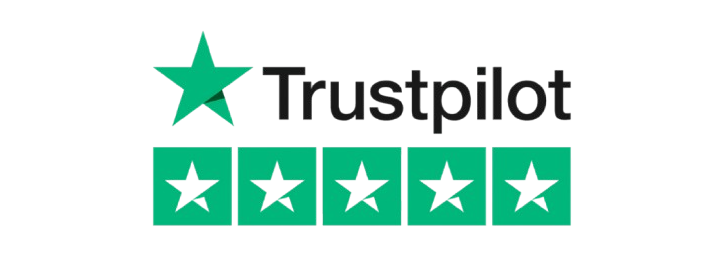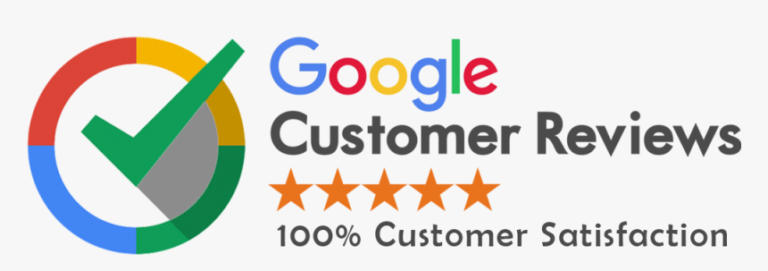Keyword research is one of the crucial steps in using SEO and other methods of Internet advertisement successfully. However, it is overwhelming at times, with a vast amount of toggles, measurements, and evolving standards for ideal assessments. If you find yourself lost in data or frustrated by confusing strategies, you are not alone.
The good news is that keyword research does not have to be complicated but it can be a highly efficient tactic. With such an approach and using several trustworthy tools only, definitive aims and principles can be defined to create a good basis for your search engine optimization work, while at the same time, you will not be mired in too many figures and indicators.
That’s why, in this guide, we will provide you with the most basic approach on how to conduct effective keyword research to help you lead your brand to its success in reaching out to your target audience and getting on top of pages.
First and foremost, let’s define what keyword research actually is and why it should be used before going straight to the process itself. In its simplest terms, keyword research is the process of defining the words and phrases that users type in a search engine when looking for specific information, goods, or services.
Understanding the Basics of Keyword Research
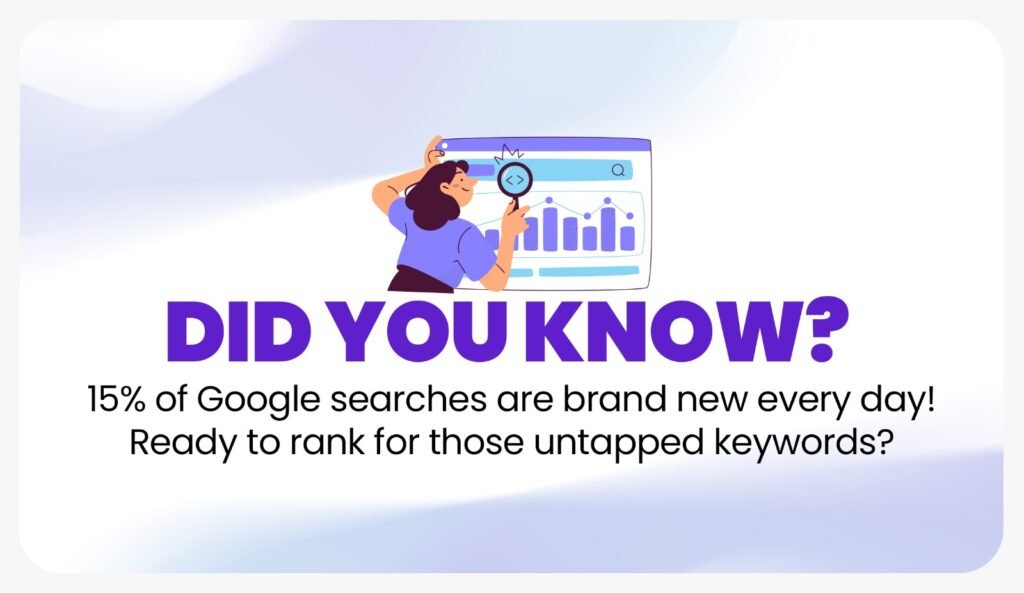
Effective keyword research allows you to:
- Understand User Intent: Understand what your audience wants, and the terms they use to search for it.
- Drive Targeted Traffic: It provides access to actual readers interested in materials connected with the subject of your company.
- Optimize Content: Post material in a way that appeals to consumer traffic and is effective in the website to appear higher rank on the search engine.
If you stay on track with these kinds of objectives you will be in a position to achieve them while minimizing some of the mistakes as well as keeping your process as simple as possible.
Setting Clear Goals for Your Keyword Research
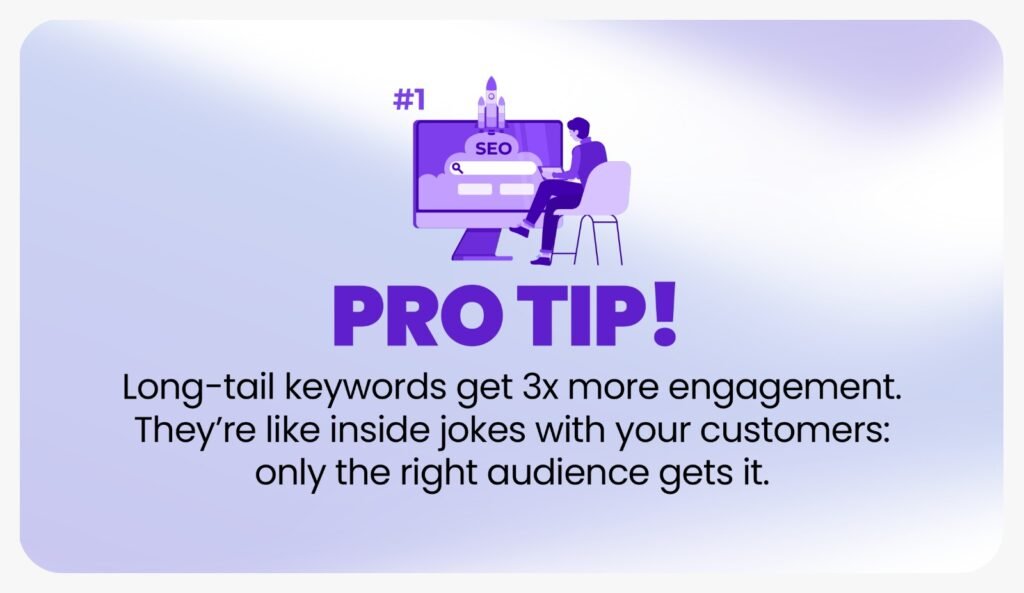
To start, let me stress the fact that the client needs to define the goals of the organization clearly. This is important to be sure that you are choosing the right keywords that will help to achieve the targets. Do you want to attract basic web traffic, acquire leads, or simply garner brand recognition? Here’s a quick breakdown of keyword types based on goals:
- High-Traffic Keywords: Focus on brand awareness, Long-tail keywords, i.e., they are shorter keywords like ‘digital marketing’ which are much more competitive but contain a heavy flow of traffic.
- Long-Tail Keywords: The longer and more specific the keyword phrase, (for example “beginner’s guide to keyword research”), the lower the traffic but, at the same time, these keywords act as magnets to summon high-quality leads which are ideal for conversion.
- Informational Keywords: Categories of keywords that correspond to queries about general information. These are perfect for things such as news, education, blog posts, and other informative quiz types, and Faqs.
- Commercial/Transactional Keywords: Other characteristics: keywords that directly point at the buying intent such as “best SEO software”. Employ these to reach decisional stage consumers primarily.
Goal setting enables you to manage relevant keywords more efficiently compared to handling an unlimited number of keywords.
Simplified Step-by-Step Keyword Research Process
Step 1: Identifying Seed Keywords
The best place to begin generating keywords is by creating a list of all the terms that are related to your industry, your brand, or your specialty. Let’s imagine what your audience would search on Google to read similar content. Seed keywords are the starting point for identifying specific phrases.
Quick Tips:
- Use Google: Search on Google for a keyword and check out “Ask a question” or “Search related to” while looking for ideas.
- Explore Forums or Social Media: online platforms such as Reddit or Quora show what topics people find interesting in your line of work.
Step 2: Use Beginner-Friendly Tools to Expand Your List
Depending on whether this is your first encounter with keyword research, you can easily be lost in using these enormous tools. It is advisable to stay with the strategies that are beneficial but also very easy to use.
Some free or low-cost options include:
- Google Keyword Planner: Great for generating simple keywords and verifying the amount of searches for a particular word or phrase.
- Answer the Public: Allows the user to have a bar chart view of frequently asked questions and issues connected with seed keywords.
- Ubersuggest: A simple tool that provides keywords, monthly searches, and SEO competitiveness.
However, with these tools, you can ease into a way to add more keywords to your list without having to wade through information overload.
Step 3: Evaluate Keyword Metrics – Keep It Simple

When reviewing keyword data, focus on three main metrics:
- Search Volume: The frequency with which the keyword is searched.
- Competition: Shows how easy or how hard it is going to be for one to rank for a given keyword.
- Relevance: Select only keywords related to your article and the requirements of the audience.
If it’s your first time, focus on keywords that have moderate traffic and low competition since you would not want to struggle too much to make those keywords visible.
Step 4: Organize Keywords Effectively
After you have a list of keywords, sort them by theme or intent. This can help you plan the kinds of content you put forward in a much more effective way. For instance, the classification of keywords might include “educational content keywords,product-related keywords,” or “purchase intention keywords.”
Organization Tips:
- Use Spreadsheets: If you need to monitor keywords and add new fields, for instance, with the search volume or with rankings, Google Sheets or Excel will do nicely.
- Keyword Clustering: Both keywords that can be targeted within one piece of content should be grouped, which implies that with the right keywords, SEO will not require new website content.
Step 5: Create Content that Reflects User’s Intent
User intent is the reason that a user is seeking information. Content creation is all about the matching of the keyword’s intent. For example:
- Informational Intent: Use leaflets, Full guides, weblogs, or Frequently Asked Questions.
- Navigational Intent: The main Items to incorporate are a Site Map or individual Product pages.
- Transactional Intent: Take advantage of product-oriented pages or guides to a purchase.
Aligning with user intent will enhance the performance of content and enhance its quality of ranking.
Step 6: Evaluate and Refine Over Time
Keyword research is not a one-off type of action. Monitor how your keywords are doing and which of them are effective then make necessary changes. No detailed discussions of the traffic source are necessary; you just pick what keywords drive traffic and activity.
Simple Tracking Tools:
- Google Analytics: Allows you to lay out an overview of your traffic origin and keyword effectiveness.
- Search Console: Tells you which keywords are giving you impressions and clicks to your site.
Common Pitfalls and How to Avoid Them
However, if you are going to take a relatively simplified approach, there are some common pitfalls you need to avoid. Here’s how to avoid them:
- Keyword Stuffing: Keyword stuffing is counterproductive as it makes the content difficult to read and also puts off the search engines. The thing that one needs to remember is never to force the keywords into your content.
- Ignoring User Intent: High bounce rates are experienced when high traffic is generated through keywords that do not actually capture the needs/style of the user.
- Chasing High-Competition Keywords: The small or relatively young website often cannot compete for high ranking relevant to high-competition keywords. With such keywords, one must begin with low-competition keywords that have high conversion intent.
Through the elimination of these factors, your keyword research process will not only remain upright, but efficient, too.
Final Thoughts
Keyword research doesn’t have to be time-consuming. By keeping it simple, knowing what you want to achieve, using applications that are not very complex, and having in mind the general idea of keywords, you can have a really strong keyword strategy to rely on in your SEO campaign while not letting the flood of data overwhelm you.
Always remember we are trying to reach out to our audiences in a way that empowers them with what they are looking for. Gradually implement a basic, uncomplicated procedure; as you advance, you will learn that keyword research is a feasible and even enjoyable endeavor that belongs to the framework of your digital marketing plan.







